Digo people and Their Culture in Kenya
The Digo people are a Muslim tribe living in northern Tanzania and southern Kenya. More than 100,000 Digo are concentrated on the northern coastal strip of Tanzania from the town of Tanga to the border of Kenya.
They inhabit the fertile plains of the Pangani River, between the Usambara Mountains and the Indian Ocean.
Together these tribes make up the Mijikenda, or “nine towns”. They are about 316,000 speakers in Kenya with chidigo being their language.
For many years the Digo have been involved in trade with Muslim Arabs. In addition to trading, farming and fishing are two other sources of income for the Digo community.
The Digo are a Bantu tribe and are grouped together with eight other tribes who share a common oral history. Together, these tribes make up the Mijikenda, or "nine towns".
More about Afican Culture
Tradition tells us that the Mijikenda tribes originated farther north, but were driven south as a result of war. During the nineteenth and early twentieth centuries, the Digo experienced a great famine.
It became common for them to give either themselves or their children as "blood money" to serve as temporary collateral for a loan of food.
Sadly, there were many times when the debt could not be redeemed, thus leaving them to live as slaves. Freedom was then granted when a slave converted to Islam.
What are their lives like?
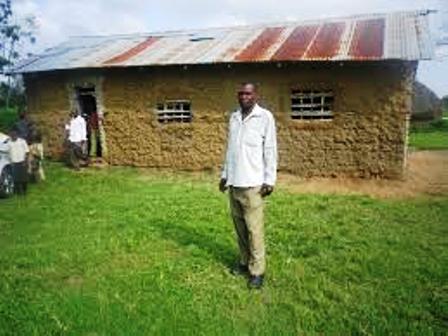 The Lives of the Digo People in Kenya
The Lives of the Digo People in KenyaFor many years, the Digo have been involved in trade with Muslim Arabs. As a result, they have enjoyed a higher standard of living than most of their neighboring tribes.
In addition to trading, farming and fishing are two other sources of income. Rice is their main crop since the area often floods and is very fertile.
The Digo have a talent for creating songs and stories about their lifestyle, but unfortunately the tradition of story telling is fading away, and more modern forms of recreation, such as soccer, are being adopted.
Contrary to the Digo of Kenya, the Tanzanian Digo may not be solely matrilineal; they trace their heritage through both the male and the female lines.
Today, young Digo are abandoning many of the ways of their tribal elders as they become increasingly influenced by the outside world.
When a Digo couple decides to marry, a substantial bride-price must be paid by the groom.
The head of the household and members of the groom's family help to provide the cattle, goats, sheep, or money necessary for payment to the bride's family.
What are their beliefs?
Islam is more widely accepted among the Digo than among any of the other Mijikenda tribes.
Nevertheless, ties with traditional practices such as animism (the belief that non-human objects have spirits) and ancestor worship (praying to ancestors for help and guidance) still have more influence on the Digo community than does Islam.
One example that is very significant to the Digo is their use of blood sacrifices, especially in the exorcism of evil spirits. Witchdoctors are also consulted regularly and play an important role in their society.
Only a few Digo have studied Islam in any depth, and most of them have only a superficial knowledge of its doctrines. Nevertheless, its presence has not gone entirely unnoticed, and its influence has altered both their religious and political structures.
The people have adopted new attire and diets from their Muslim Arab neighbors.
However, to most Digo, the wearing of a white skull cap and the adoption of an Arab name constitute the major requirements of being Muslim.
This nominal identification with Islam is referred to as "folk Islam".
Although they know no religious significance for wearing the black veil, Digo women wear it to show respect for their husbands. The Digo maintain sacred forests – ‘Kayas’.
The forests are ceremonial areas, places of worship and the burial grounds for certain elders. Palm wine is a popular drink produced from the palm tree.
Kenya Cultural Origins | Kenya Student Rules | Kikuyu People | Luo in Kenya | Masai People | Samburu People | Student Class Rules | Turkana People in Kenya |Kenya Culture | Akamba | Bantu | British Colonialists | Crafts | Cultural Business Meetings | Cultural Communication | Cultural Eye Contact | Cultural Gestures | Gift Giving | Cultural Law | Cultural Music | Cultural Space | Cultural Time | Kenya Art | Kenya Festivals | Kenya Gender Issues | Kenya Gestures | Kenya Greetings | Kenya History | Kenya Language | Kenya Literature | Kenya Modern Culture | Kenya Music | Kenya National Anthem | National Dress Cord of Kenya | Kenya People | Kenya Respect | Kenya Taboos | Kenya Television and Culture | Kenya Cultural Origins | Kenya Student Rules | Kikuyu People | Luo in Kenya | Masai People | Samburu People | Student Class Rules | Banyankole People | Masaba People | Madi People | Lugbara People |
Lango People | Bakiga People | Karamajong People › | Kakwa people › | Kadam People › |
Jie People › | Ik People › | Bahororo People › | Hima People › | Dodoth People › | Basoga People › | Banyoro People › | Bakonzo People › | Batwa People › | Basamia Bagwe people › | Banyole People › | Bagwere People › | Bagisu People › | Baganda People › | Bafumbira People › | Ateker People › | Aringa People › | Bamba people › | Alur people › | Japadhola People › | Acholi Peoole › | Toro People › | Kumam People › | Baruuli Banyala People › | Songora People › | Sebei People › | Nubi People › | Oropom People › | Samburu people › | Elgeyo People › | Orma People › | Okiek People › | Njemps People › | Nandi People › | Mijikenda People › | Meru People › | Masai People › | Luo People › | Mbeere People › | Luhya People › | Kuria People › | Kipsigis People › | Kikuyu People › | Kalenjin People › › | Kubras People › | Iteso People › | Gusii People › | Giriama People › | Gabbra People › | Embu People › | El molo People › | Tutsi People › | Tugen People › | Turkana People › | Terik People › | Taveta People › | Taita People › | Swahili People › | Somali People › | Segeju People › | Isukha People › | Rendile People › | Duruma People › | Pokot People › | Pokomo People › | Marakwet People › | Digo People › | Choyi People | Daharo People › | Boni People › | Arrow People › |
Recent Articles
-
Garam Masala Appetizers ,How to Make Garam Masala,Kenya Cuisines
Sep 21, 14 03:38 PM
Garam Masala Appetizers are originally Indian food but of recent, many Kenyans use it. Therefore, on this site, we will guide you on how to make it easily. -
The Details of the Baruuli-Banyara People and their Culture in Uganda
Sep 03, 14 12:32 AM
The Baruuli-Banyala are a people of Central Uganda who generally live near the Nile River-Lake Kyoga basin. -
Guide to Nubi People and their Culture in Kenya and Uganda
Sep 03, 14 12:24 AM
The Nubians consist of seven non-Arab Muslim tribes which originated in the Nubia region, an area between Aswan in southern
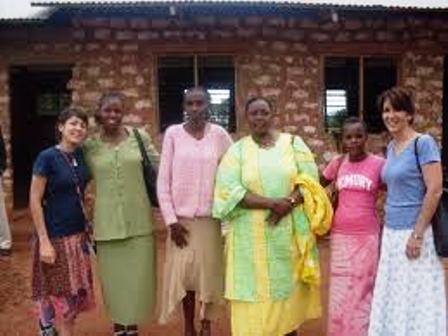
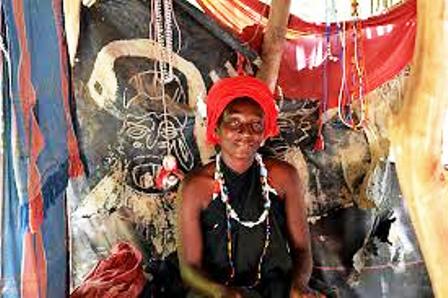
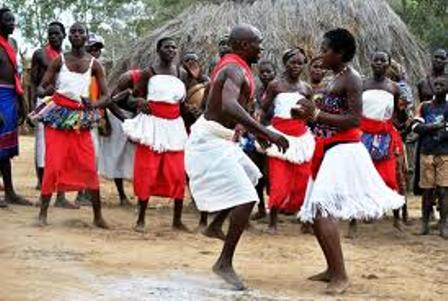
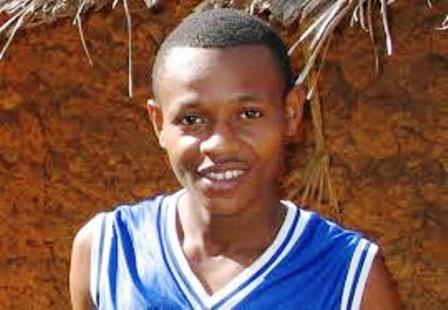







New! Comments
Have your say about what you just read! Leave me a comment in the box below.